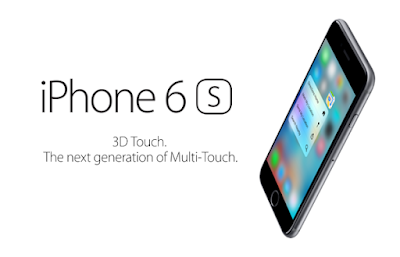iPhone 6s - 3D Touch
3D Touch
When the touch sensors can distinguish the different pressure levels for the OS to process, the Taptic and Haptic Engines give the feedback to the user by imitating the sense of clicking similar to clicking on physical keyboard
Future
Force Touch, and its ability to bring new dimensions to user interfaces and interactive computing, suggests that ease of use is something that tech companies will hold very high on their list of priorities, according to Jony Ive, Chief Design Officer at Apple. Just months after the introduction of 3D Touch in iPhone, rumors suggested that Samsung will include a similar hardware in their upcoming Samsung Galaxy phones, and other devices
Hardware
Force Touch is operated with many components. On Apple Watch, a series of electrodes line the curvature of the screen. When a press is detected, these electrodes determine the pressure applied. A similar process occurs in trackpad applications of the technology (such as in the MacBook Pro and Magic Trackpad 2), although sensory information is determined by a series of four sensors that align with the corners of the trackpad. The feedback is then relayed to the "Taptic Engine", an electromagnetic linear actuator. Unlike typical motors, the linear actuator does not move in circular formations, but rather in straight horizontal lines back and forth. The Taptic Engine produced immediate feedback without the need to offset the balance of mass. The feedback provided is called haptic feedback, a very precise vibration that relays information back to the user with precision.





Comments
Post a Comment